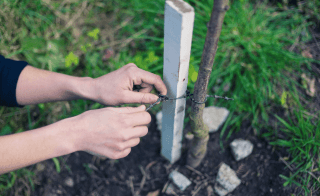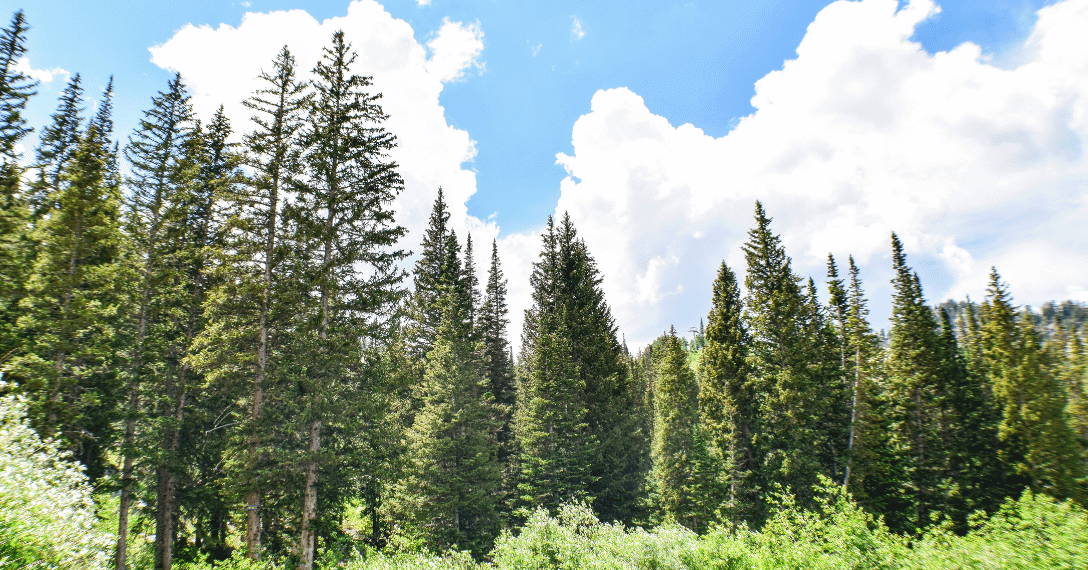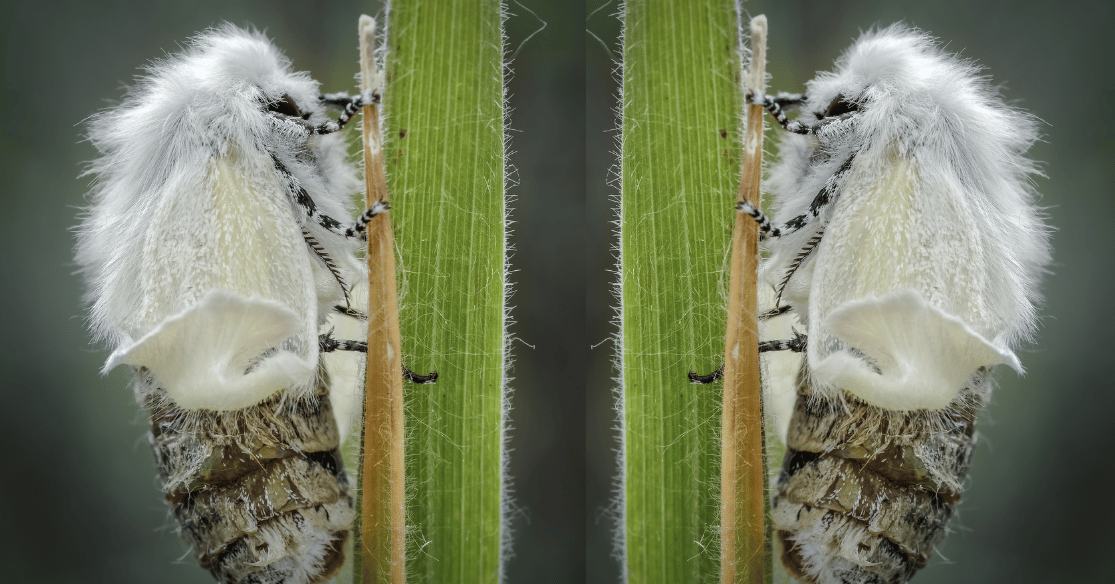Did you know that staking a tree can help protect it from windstorm damage?
Trees that are not staked can be easily uprooted or snapped in half during a strong windstorm. This can cause serious damage to your property and even injury or death.
Staking a tree is a simple process that anyone can do. You only need a few stakes, ties, and a little time.
In this blog post, I'll show you how to stake a tree like a pro. I'll also give tips on choosing the right stakes and ties and when to remove them.
So whether you're a seasoned arborist or a first-time tree owner, this article is for you!
And if you're ever feeling overwhelmed, don't hesitate to contact Strobert Tree Services. They are the leaders in tree care in Delaware, Pennsylvania, Maryland, and New Jersey.
Our professional arborists will help you stake your trees and protect your property from windstorm damage.
Why Stake a Tree?
Staking a tree offers several benefits, the most prominent being windstorm protection. Young trees with underdeveloped root systems are particularly vulnerable to strong winds, which can cause them to sway excessively and even uproot. You can help prevent this type of wind damage by providing support through staking. Additionally, staking can promote straight and upright growth by providing a guide for the tree to follow.
Types of Stakes and Ties
Before we delve into the staking process, let's familiarize ourselves with the types of stakes and ties that can be used. Various materials are available for tree stakes, including wooden dowels, metal rods, or even bamboo poles. The choice depends on the size and weight of the tree, as well as personal preference.
When it comes to tree ties, opting for soft and flexible materials that won't damage the tree trunk or bark is essential. Weak tree ties, such as rubber or fabric straps, are excellent choices as they allow for flexibility while providing sufficient support.
Step-by-Step Instructions:
- Assess the Tree: Before staking, examine the tree to determine its size, weight, and direction of growth. This assessment will help you decide where and how many stakes are needed.
- Choose the Right Location: Select the stake placement carefully, ensuring it is positioned against the prevailing wind. This placement will help counterbalance the tree's movement during a windstorm.
- Drive the Stakes: Insert the stakes into the ground at least one to two feet deep, angled away from the tree. Make sure they are firmly rooted to provide adequate support.
- Attach the Ties: Wrap the tree ties around the trunk, below the lowest branches, and above the anticipated height of the ties in the future. Be sure to secure the ties tightly but not too tightly to allow some movement.
- Check for Clearance: Confirm that the tree ties do not rub against the bark, which can cause damage. Adjust the ties if necessary, ensuring they are snug but not constricting.
- Regularly Monitor the Tree: Keep a close eye on the tree as it grows, and make any adjustments to the stakes and ties accordingly. It is crucial to prevent girdling or constriction of the trunk.
Frequently Asked Questions
When should I stake a tree?
Trees that are newly planted or that have been transplanted are more likely to need staking. Trees in windy areas or with weak roots may also need to be staked.
What type of stake should I use?
Two main types of stakes can be used for staking trees: wooden and metal stakes. Wooden stakes are less expensive but less durable than metal stakes. Metal stakes are more expensive, but they will last longer.
How many stakes do I need?
The number of stakes you need will depend on the size and weight of the tree. A young tree may only need one stake, while a larger tree may need two or three.
How do I tie the tree to the stake?
You should use a soft material, such as nylon rope or plant ties, to tie the tree to the stake. You should avoid using wire or string, as these materials can damage the tree's bark.
How long should I leave the stakes in place?
As a general rule, check the tree after the first year, and if it can stand firmly on its own without excessive movement, it's time to remove the stakes.
Conclusion:
Staking a tree is a simple way to help protect it from wind damage. Following the steps in this blog post can help your trees stay strong and healthy during even the most severe storms.
If you are uncomfortable staking your trees yourself or have many trees to stake, you can always contact a professional arborist. They will have the experience and equipment to do the job safely and effectively.
At Strobert Tree Services, we are leaders in tree care in Delaware, Pennsylvania, Maryland, and New Jersey. We have provided quality tree care services for over 20 years and are committed to helping our customers keep their trees healthy and safe.
If you have any questions about staking trees or any other tree care issue, please do not hesitate to contact us. We would be happy to help.











